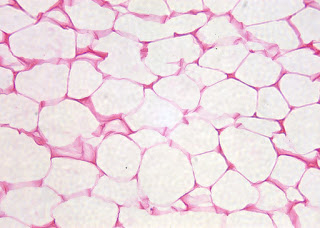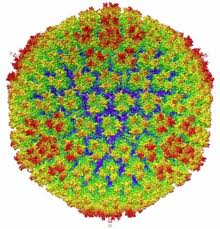In our quest to broaden hormonal treatment options for weight management, we have now published the results from our phase 2 study of cagrilintide. (Disclaimer: I am a coauthor of this paper).
Cagrilintide is a long acting analogue of a hormone our own body makes, called amylin. Amylin is made by our pancreas, secreted in response to eating. Amylin talks to our brain to tell us that we feel full, and is also believed to act on parts of the brain involved in the wanting and liking of food (the ‘hedonic’ area, see more on this here), thus having a potential impact on emotional eating and food preferences. It slows down the stomach in response to food intake, and also suppresses glucagon after meals. Cagrilintide is 84% identical to the amylin our own body produces, having been modified to last longer, allowing treatment to be once weekly.
In our study published in The Lancet, we randomized 706 participants with overweight or obesity to receive various doses of once weekly cagrilintide (ranging from 0.3mg weekly to 4.5mg weekly), vs liraglutide 3mg daily (an established obesity treatment, trade name Saxenda), or placebo, all given as a small needle injection under the skin (subcutaneously), for 26 weeks. All participants received lifestyle counseling as part of the intervention.
We found that cagrilintide led to significantly greater weight loss (ranging from -6% to -10.8%) than placebo (-3%) at all doses, and significantly greater weight loss at the 4.5mg weekly dose compared to liraglutide (-10.8% vs -9% respectively). Of note, weight was still going down with cagrilintide at the time that the study concluded, so a longer duration of study is needed to explore its full weight loss potential. Treatment discontinuation was similar across all treatment groups (10.3%). The most common side effects of cagrilintide were gastrointestinal (primarily nausea).
Weight reductions were accompanied by a general improvement in questionnaire scores for cognitive restraint, emotional eating, and uncontrolled eating, compared with liraglutide.
It is important that cagrilintide acts not only to induce satiety, but also seems to regulate hedonic (emotional/wanting/liking) aspects of food intake. Many people with elevated weight struggle with cravings and the irresistible pleasure of food, and describe a relief from these draws when on medication that dampens these feelings.
Cagrilintide is now being explored as a treatment together with semaglutide (as published here).
BOTTOM LINE: Cagrilintide is promising as a new treatment approach for weight management. We look forward to further clinical study of this medication. This looks to be an important step forward towards a future of having multiple hormonal treatment options available for weight management.
Disclaimer: I am an investigator in this study and coauthor of this paper. I receive honoraria as a continuing medical education speaker and consultant from the maker of amylin, semaglutide, and liraglutide (Novo Nordisk).
Share this blog post using your favorite social media link below!
Follow me on twitter! @drsuepedersen
www.drsue.ca © 2021












